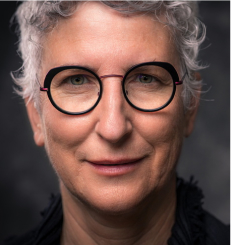Though he comes from a background in nuclear physics, astrophysics, and cosmology, Claude Poncelet has been one of the world’s foremost authorities on shamanic practice for more than 25 years. With Sounds True, Claude has released the book The Shaman Within: A Physicist’s Guide to the Deeper Dimensions of Your Life, the Universe, and Everything. In this long-awaited second part of their interview for Insights at the Edge, Tami Simon and Claude discuss applying shamanic practice to one’s professional life and the advantages therein. They also talk about the spiritual underpinnings of the cosmos—from the stars to the black hole at the center of our galaxy. Finally, Claude and Tami speak on the pursuit of impeccability not only in shamanic practice, but in every aspect of life. (70 minutes)







